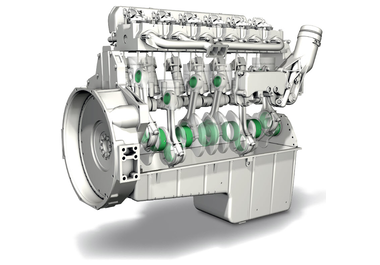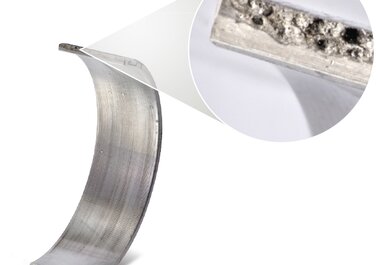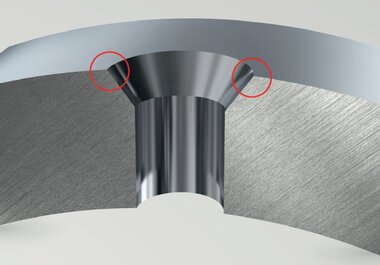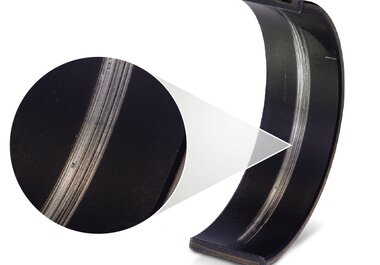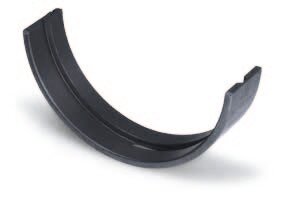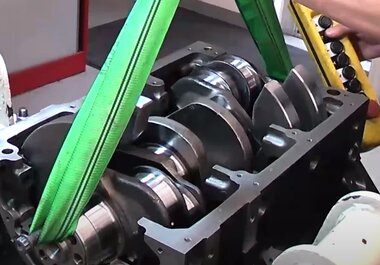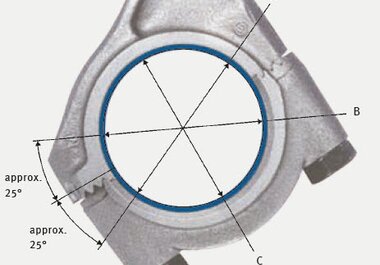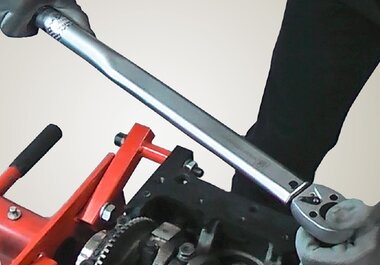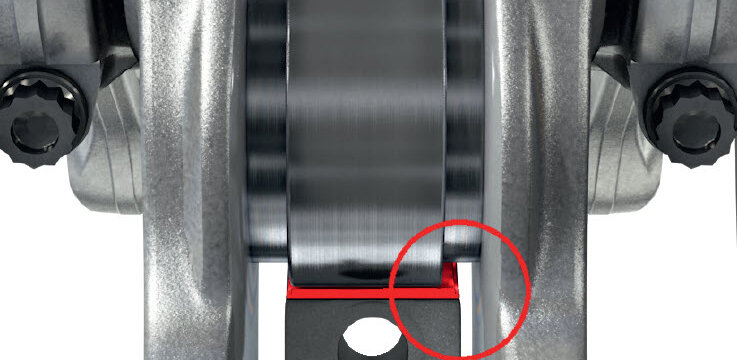
Wear due to mixed friction
Narrow, wear-free strips at the edges of the bearings
Information on diagnostics
Wear-free strips visible on the edges of the main bearing shells? The central parts of the bearings are black. What happens if there is an axial protrusion of the bearing shells on one or both sides? You can find the information in this article.
Description
- Narrow, wear-free strips at the edges of the bearings
- No run-in marks visible in this area
- Machining structure from production still recognisable in this area
- Clear definition between the wear-free strips and the worn area recognisable
Lower main bearing shell Steel-aluminium composite
Two wear-free strips are recognisable at the edges of the bearings without any visible wear marks. The remaining part of the bearing has a slight black discolouration, possibly due to corrosion or wear.
Upper main bearing shell Steel-aluminium composite
One wear-free strip is recognisable at the edges of the bearings without any visible wear marks. The remaining part of the bearing has pronounced scoring.
Assessment
Possible causes
- Geometric deviations of the journal
- Incorrect choice of bearing width
- Clearance (shaft/journal misalignment)
Remedy
The bearings can continue to be used depending on their wear condition. They should be replaced as soon as initial rubbing marks develop or indicators of material fatigue become visible and measures to determine the cause should be taken:
- Check for correct geometry of the crankshaft before installation: Dimensions, roundness
- Replace the crankshaft or install new bearings which fit the crankshaft geometry
